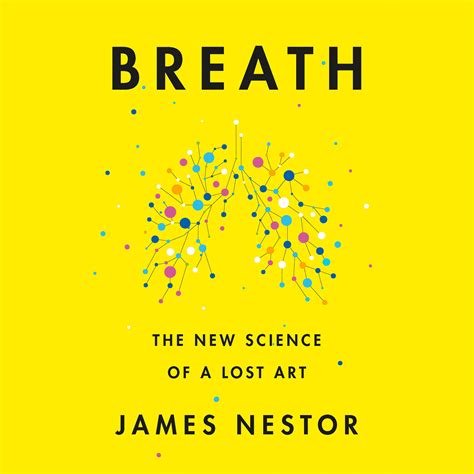James Nestor’s book is a non-fiction page turner. I recommend it if you are interested in potentially improving your health by simply breathing a little better, and the learning about the history and scientific insights of pulmonauts from around the world over the last couple centuries. He reviews the anatomy of the nasopharynx and jaw and the changes in our anatomy with our modern lifestyle, and he gives lots of examples of people who have changed their health trajectory… nasal congestion, sleep apnea, snoring, anxiety, high blood pressure and more. Improved blood circulation, lung capacity and immune system It may not be the panacea for everything that ails us, but might be worth giving it a go to see if you notice changes with this low investment life hack.

- Breathe through your nose. The main point, for which Mr. Nestor gives historic and scientific background, is to breathe in and out through your nose to the extent that you can. If you tend to breathe through your mouth, build up by inhaling through your nose and exhaling through your mouth when you need to. If you are congested, do the best you can and over time you will be able to breathe more and more through your nose. The author experimented with taping his mouth shut at night – and in some cultures, parents gently close a baby’s mouth while sleeping to help instill the habit of nose-breathing.
- Slower longer exhales + pause between breaths. As it turns out, too much oxygen isn’t best for anxiety, for example. In fact, a higher ratio of carbon dioxide can help anxiety. Who knew!?! Well, maybe the yogis and Taoists knew. Maybe that’s why we were told to breathe into a paper bag when in a panicked state.
Basic breathing exercise. Gently breathe in through your nose for a count of 4 – then exhale through your nose for a count of 4 – you can extend this to a count of 6. Repeat three times or more. No need to count once you get the rhythm.
These breaths need not be big deep breaths, just gentle natural breaths. I recommend breathing into all directions of your lungs and rib cage – not just the front of the body but also feel the subtle movement of your gentle breath into your back and sides without added effort.
Once you’ve got that, you can add a pause after your exhale for a count of 2-4 or more.
I recommend doing this breathing exercise each morning and night – plus during the day from time to time, especially if you feel anxiety coming on. Just three breaths a few times a day is a good way to get the habit going. Also, throughout the day, notice if you are breathing through your nose, if not, close your mouth. The goal is to breath like this naturally.
Breathing through your nose during exercise can be difficult at first, but you can work up to it. For example, if you are hiking, you can keep your pace slow enough that you can breath through your nose, slowing down or pausing when necessary, and exhaling through your mouth sometimes too is totally fine. Over time you will get better at this. If you are huffing and puffing at the end of a work out, there may be a better way…